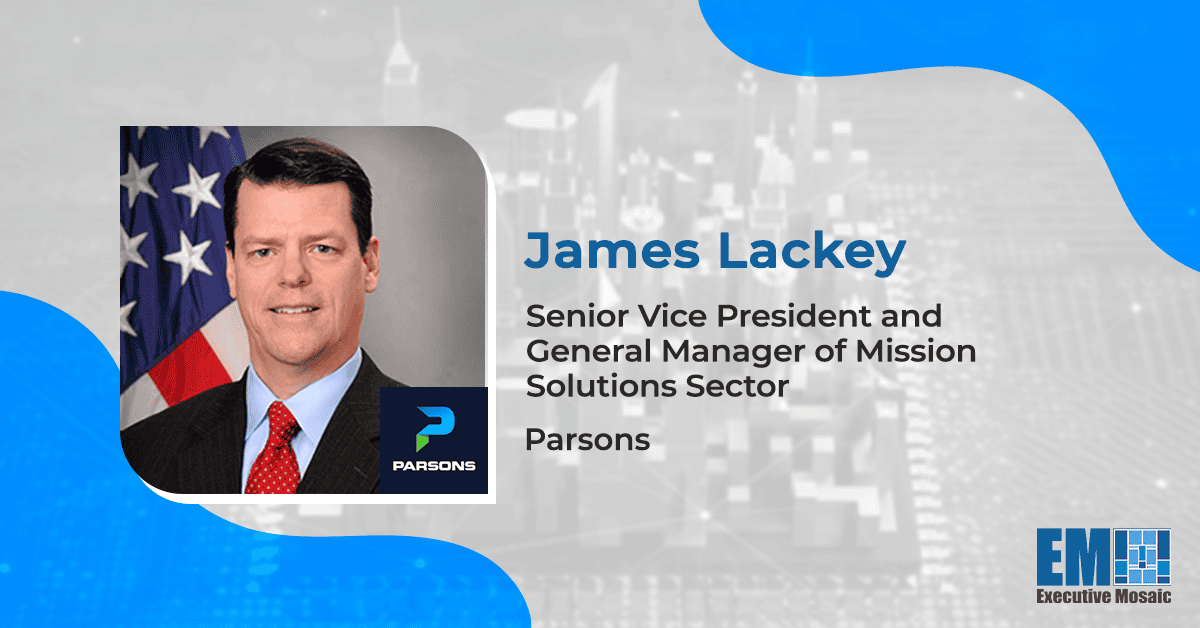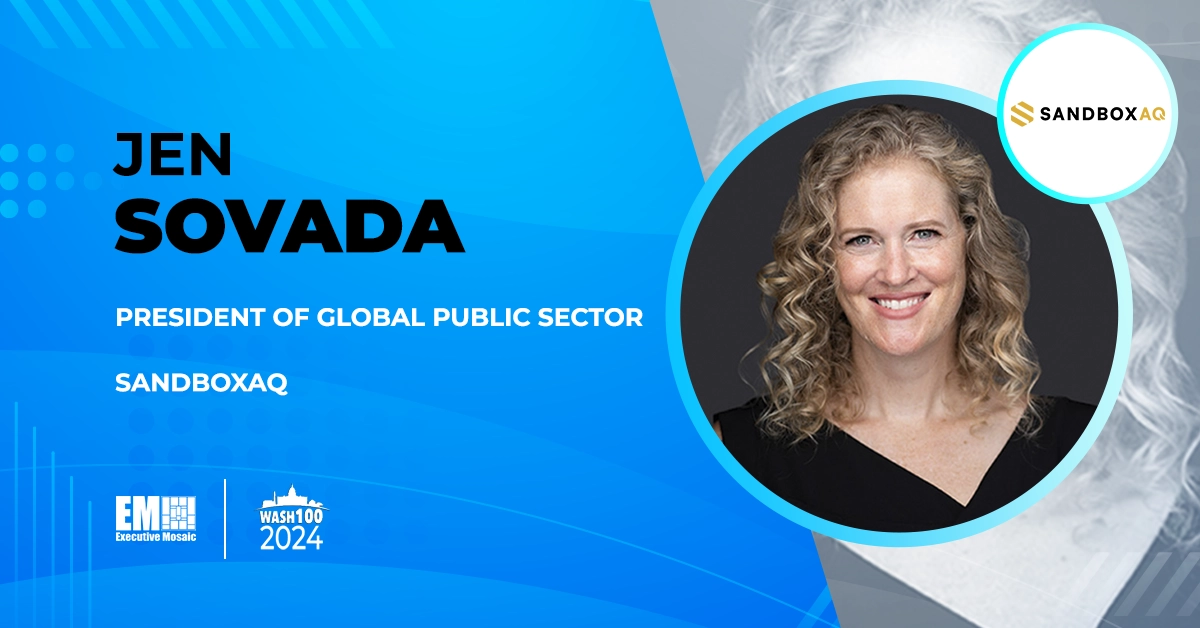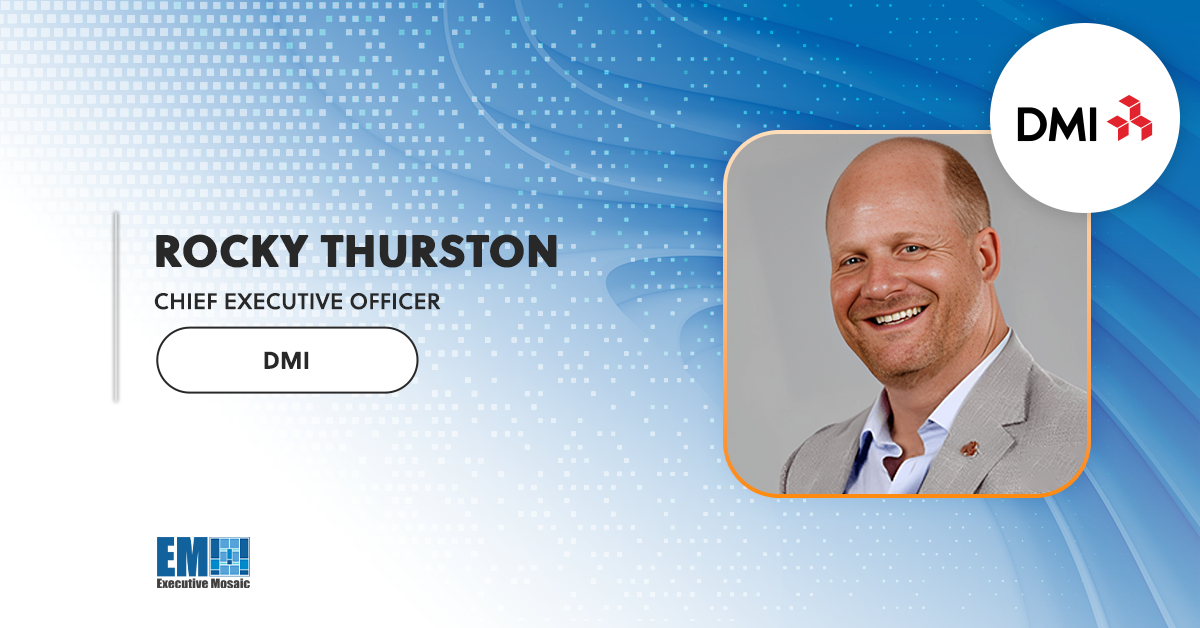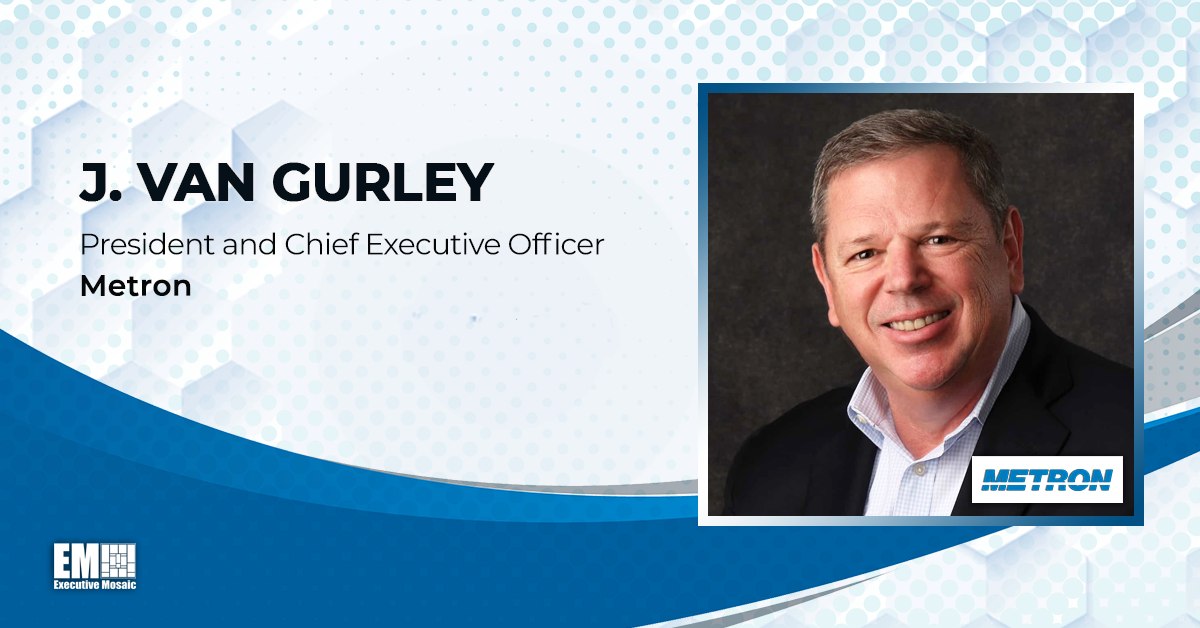James Lackey spent three decades serving as a civilian in the Department of Defense in various capacities. He began as a flight test engineer at Naval Air Systems Command in Patuxent River, Maryland, where he quickly ascended to a department management position. After this, Lackey was promoted to the Pentagon as a senior executive working for the Under Secretary of Defense for Acquisition Technology and Logistics, primarily serving Frank Kendall, who is currently Secretary of the Air Force.
During his senior executive service in the Pentagon he oversaw major acquisition programs both within the DOD and in coordination with Congress, liaising with a complex web of stakeholders regarding air warfare matters for all of the service branches. Further still, Lackey strengthened his R&D bona fides when he left the Pentagon to work for the Redstone Arsenal in Alabama, leading the Army Aviation and Missile Research, Development and Engineering Center (now known as the U.S. Army Combat Capabilities Development Command Aviation & Missile Center).
Today, Lackey is senior vice president of the mission solutions sector at Parsons. In this Executive Spotlight interview, he spoke with GovCon Wire about his career-long mission of making a positive impact on the warfighter, the various types of innovation strategies Parsons is employing and more.
Congratulations on recently joining the company and/or assuming your new role! Why did you want to join the company and what were the attributes of its mission that attracted you to the role? What do you hope to accomplish with the company?
In segueing from my 30 years in the government, what I saw at Parsons was a huge white space opportunity. What I mean by that is, it’s a company that has an incredible amount of capability and innovation to really build and scale from where we are to increase ourselves up the value chain going forward. I saw the diversity of the capabilities and offerings, the dynamic nature of how Parsons is growing through yearly acquisitions and to capitalize upon that, this is a great time to be in the company to help make a difference in that regard. Ultimately, it’s to help make a difference for the warfighter. That’s why we’re here every day.
From a system perspective, it’s really all about enhancing the kill chain. When you think about command and control considerations for platforms and systems, the sensors and enhanced sensors and applying developmental capabilities in that regard for platforms and systems, and then effectors like non-kinetic effects, like directed energy applications, that’s the world that Parsons lives in and we have the capability to do all of that. You want to drive that forward. I see these efforts as the company building that niche role as a lead systems integrator. We’re not an original equipment manufacturer. We’re not a small business, obviously, but we have a vast amount of capability to capitalize upon and to really be innovative and to drive innovation for our customers and their missions.
How can industry and the federal government work together to increase greater collaboration and drive more innovative solutions for everyone to use to address the latest challenges of today?
As a former government guy, I know the challenges that they live every single day, and I think to help increase that partnership between industry and government, more insights are needed. I think there are degrees of insight that the government can use to show their long-range technology roadmaps, and have a little bit more of an up-front conversation about them. It doesn’t have to be tied to predecisional budget information. Its just technology driven and technology focused. I think all of the research development centers and the Department of Defense labs could stand to open that aperture a bit. And by doing that, we can enhance our conversations between what we’re trying to do in industry to complement their technologies and their missions.
If we know where they’re headed technology-wise on the roadmaps in detail, we can align our independent research and development, our IRAD dollars inside our companies to help synergize upon their budgets because they’re limited in the budgets that they have. To really work more hand-in-hand in that regard; I think there’s a lot of great movement going on in the DOD already. When you think about Under Secretary Shyu, the Office of the Under Secretary of Defense for Research and Engineering and the Rapid Defense Experimentation Program and the Raider program, where we’re taking very high-level technology and high-level capabilities and putting them into a joint war fighting experimentation, capability and demonstration, it’s a great way of getting accelerated feedback from the user community and to rapidly get capability out the door.
At the end of the day, it’s about us facing the threat. And, and I think pulling all those levers and strings, we can work more closely together, collect the insights together, and collaborate more closely in that regard.
With the influence of emerging technologies impacting every aspect of business, how has your company been able to drive digital transformation efforts to stay ahead of innovation in the federal landscape for yourself and your customers?
For Parsons, it’s about us taking the foundational capabilities that we have in-house with model-based systems engineering, which we are currently using and applying to a lot of our systems engineering and integration customers on the services side of the house and transforming that into our mission solutions offering. I head up a sector called mission solutions inside of Parsons’ Federal market. It’s hardware and software integration, technology products and delivery of platforms. By enhancing the digital engineering side of the house that we have inside the company, we can more rapidly advance the state of the art for mission solutions as well.
You’re really seeing that across the board with DOD and the whole digital engineering drive. When you think about digital engineering, it creates a huge paradigm shift in how we’re going to operate and how we think, all the way from the classic requirements allocations and the traceability of requirements, which we’ve done for a long time when you think about DOORS and those legacy applications.
But the push now is to drive digital engineering tools and advanced modeling simulation to do that engineering trade space analysis. As you go from a preliminary design to a critical design, to actually doing integrated tests, experimentations and evaluations, that digital engineering backbone with a virtual digital twin, you can use it to not only get that system prepped and ready for deployment, but also when it’s in the field sustaining and operating, you can apply enhanced sustainment capabilities and design improvements over time. It really is driving a transformation in terms of the rapidity of how we can get lifecycle acquisition timelines compressed, how we can get more optimized trade space analysis done and significantly lower the cost. At the end of the day, it’s about rapidly getting capability out the door. This is an accelerant in that regard.
What are the core values that are important to your company’s culture? How has your team developed its workflow and ability to drive success in such a competitive market?
Parsons is all about founding ourselves on core values. Think about the legacy of where the company has come from since the 1940s to where we are now as a very complex and diverse, fast-growing business. At the end of the day, we found ourselves on our values. Of the values that Parsons adheres to, the more important ones for me and our team are innovation, diversity, quality and safety. With innovation, you think about the delivery of new capabilities to our customers, the innovation of thought, the innovation of teaming. I’m thinking about new ways of looking at things and capabilities—for example, using state of the art, high-powered lasers to do explosive ordinance disposal.
One of our big programs that we have supporting the Air Force is called RADBO — Recovery of Airbase Denied by Ordinance, a really innovative approach on how we apply directed energy technology to neutralize unexploited ordinance and IEDs. We have a formal program of record we’re executing with the Air Force in that regard.
Our innovative practices also extend to unique applications of command and control systems at the tactical level that we’re doing with the Army, as well as our capabilities to help accelerate mission planning, using various tool sets with command and control innovation in the space domain, where we are taking innovative approaches on low-cost payload integration for small satellites, using our program, Launch Manifest Systems Integration in support of Space Systems Command. Lastly, innovation can be found in our command and control efforts in space, where we are taking commercial tools and capabilities to augment through satellite control networks at the commercial level and harnessing cyber secure means to communicate to assets and space, really looking at things in a new way.
The diversity value means that we need to drive ourselves more into diverse thought with our workforce and our thinking. Having the value of different perspectives really accelerates innovation—diversity and innovation work hand-in-hand in that regard.
And then the two that are really tied to the capabilities that we deliver are quality and safety. Quality has to be paramount. The customers will not tolerate anything less than excellence of quality. Parsons keeps that focus constantly every single day. Lastly, safety. For our activities conducted by our workforce and in delivering our capabilities to our customers, they have to be safe and well-executed because at the end of the day, it’s all about human talent and we have to protect our people in delivering those capabilities and needs.






